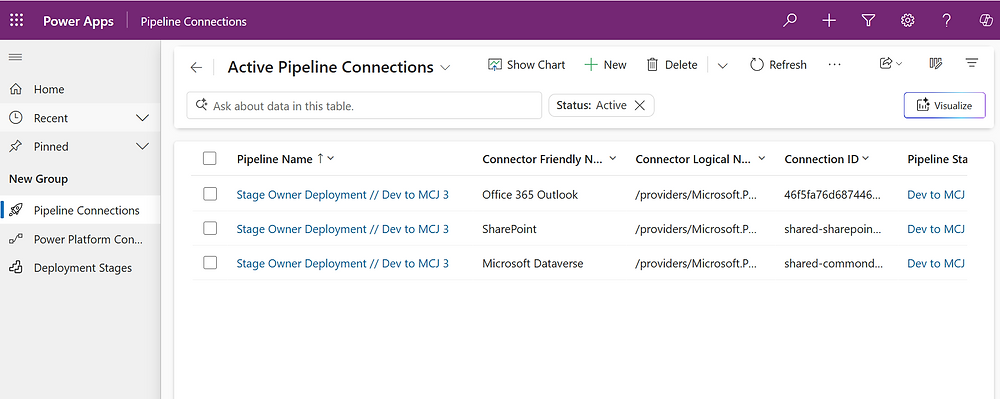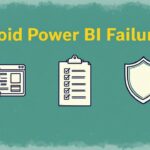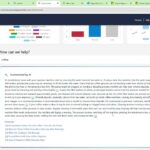Now Reading: Adoption – The Achilles Heel of Cloud
-
01
Adoption – The Achilles Heel of Cloud
Adoption – The Achilles Heel of Cloud

Email is Email, you have to sell beyond that
All of the major cloud providers, including Microsoft, are adding features at a dizzying pace. Why? Because there is little room left to compete further on price. Reed Wilson of Palmetto Technology Group, summed it up nicely to me a while ago “Email is Email, you have to sell beyond that”.
He is right, the capabilities beyond email are staggering. What is lacking is the customer’s motivation to do more. With Office 365, a small business customer today, in addition to email can also get Skype for Business for online meetings, SharePoint Online and Onedrive for Business for cloud file storage and collaboration portals, Yammer, Delve, Sway, a video portal and all of the Office Online Apps for $8 per user per month. This is less than what they paid a few years ago for email alone, and that’s the problem.
Who moved the the Goal Post?
When Office 365 was launched to combat Google’s inhalation of Microsoft customers, the mantra was Sell, Sell, Sell. Many partners took up arms in the fight and before you knew it, Office 365 was the fastest growing product in the company’s history… and they have been around for a while. While basking in the glee of success, an odd little metric popped up, and it started to grow. Some of these seats that were sold in the frenzy, were not being activated. Microsoft’s Minister of Partner Profitability, Brent Combest, preaches the new religion of recurring revenue, and how it is becoming the new business valuator. It is also becoming the valuator of Microsoft. So what’s the big deal, the seats are being paid for every month? The big deal is that seats that are not being used, will eventually be cancelled, or at the very least, downgraded to cheaper skus, and neither is good for valuation. So the new mantra from Microsoft is Sell seats, but make sure they are getting activated. In fact, internal and partner compensation programs are being tilted towards this new goal.
The solution to usage is whistle adoption
It’s no secret that the number one selling Office 365 SKU is Hosted Exchange. But remember what Reed said, “Email is Email”. While this is the least expensive SKU, it does not suffer the same level of non-usage as the other, more expensive SKUs with the bells and whistles. The usage challenge sits mostly with these upper SKUS. Microsoft actually exacerbated the usage problem. You see, in between the Sell, Sell, Sell mantra, and the Sell seats, but make sure they are activated call to action, there was another tack: Upsell, Upsell, Upsell. Nobody blows up their share price by mostly succeeding with their cheapest product, so their was a strong push by Microsoft to go upsell those Hosted Exchange seats to higher SKUs. The more successful partners became at this upsell motion the more features (whistles) were not being used. If the customer does not use these whistles, they may well downgrade right back. Getting customers to actually use Skype for Business, OneDrive for Business and SharePoint Online is more than just a “nice to have” for Microsoft.
“So Steve, what does this have to do with Dynamics CRM Online?”
Oops, sorry, I guess I veered from the path, back on point now. While Microsoft would obviously like for you to get your customers to start using SharePoint Online, etc. The customer’s motivation is low (something you need to overcome); why is motivation low? Many customers may feel like SharePoint Online etc. is free, since they can probably justify the value of Office 365 on email alone. This is why SharePoint is the most purchased, least used product, because it “comes with”. If the customer had to make a separate investment for SharePoint, many would not, but if they did, it would be because they had an actual need for it, but instead it is a “free” addon. The challenge for Dynamics CRM Online is that it is indeed a separate purchase, and not a cheap one either. Nobody gets CRM for fun, they at least think they have a real business need. Even though CRM is a fraction of the cost that it was only a few years ago, the bar has been reset by Office 365, and suddenly CRM feels expensive. The SMB customer who acquires CRM needs to get it deployed, adopted and generating an ROI very quickly; two things that have not become commodities are Time and Patience.
The CRM Adoption Checklist
We have been involved in many SMB CRM deployments when we were a Customer facing partner, before we became a partner facing ISV. So we speak from significant experience when it comes to those items that must be “checked off” to attain adoption. First, the out of the box experience needs to be boiled down significantly for the SMB customer, from the navigation to form layouts. Your SMB customer should never even see the out of the box experience or you will spend you next efforts talking them off the ledge. There should be some kind of baked in user training for the basics. If every user has to get up and go ask somebody else “How do I create a Lead again?”, patience will wear thin. Beyond this, the customer needs to make CRM their own, their fields, their process, etc. Users and roles need to be right, and some initial data needs to be imported so they can actually use it. Lastly, they need a clear path on GoLive of “What do we do now?”. It is only when all of these boxes are checked that adoption becomes a “probability” instead of a wish. BTW, this checklist… that’s what RapidStart CRM does for you.
[info type=”info”]Non-Confidential Information Notice. This post was written by Steve Mordue who is a member of multiple Partner Advisory Councils and is therefore subject to an Enhanced Microsoft Non-Disclosure Agreement regarding information conveyed to PAC Members. All opinions expressed are solely those of Steve Mordue, and no information provided herein is subject to the NDA. Basically, Steve knows a lot more than he let’s on; He’d tell ya, but then he’d have to kill ya.[/info]
The post Adoption – The Achilles Heel of Cloud first appeared on Steve Mordue MVP.















